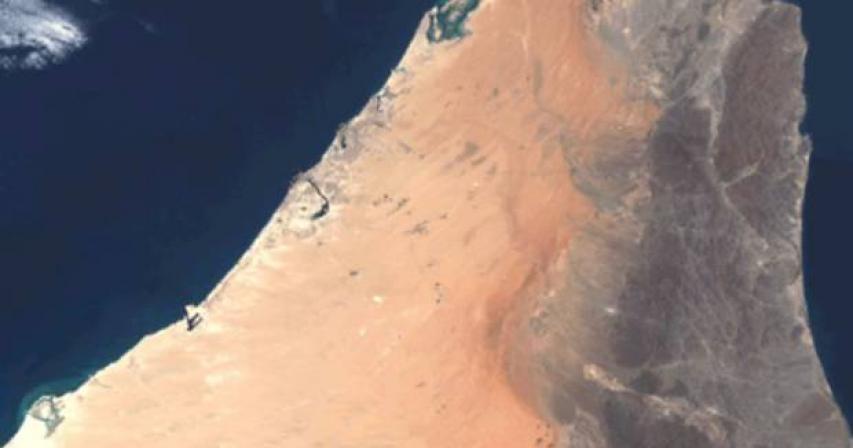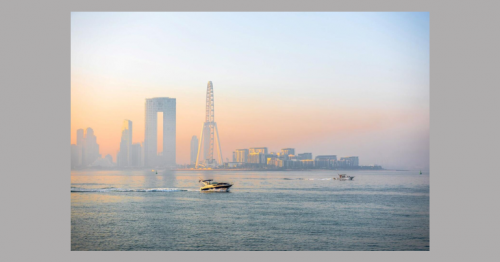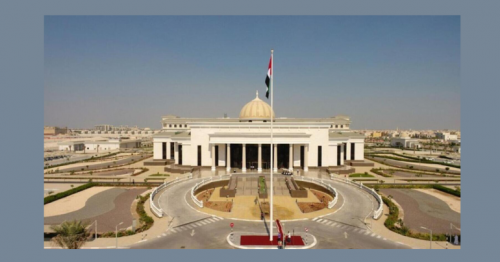Look: NASA shows Dubai’s 34-year change

Dubai: The progress and development of the Dubai emirate has been a remarkable one.
The city of Dubai evolved and expanded from the simple life of the desert into the skyscrapers, mega structures and reclaimed land projects to which we see today.
Over the last 30 years, Dubai has grown into the home of some of the world’s most famous structures, such as the Burj Khalifa, the Burj Al Arab and the Palm Islands, with the capacity to accommodate over 3 million people.
During the city’s initial phase of development, NASA was able to capture a photo of Dubai from 1984 with its Landsat programme, which shows the altered coastline, artificial land, buildings and ports.
View More on Instagram CommentSave 663 likes
dubaimediaoffice. فوربس: ناسا تنشر صوراً تظهر مدى التطور الحضاري في #دبيعلى مدار 34 سنة بين عامي 1984 و2017. نمت المدينة من 350.000 شخص إلى أكثر من 3 ملايين شخص، ومع هذا النمو يظهر جلياّ مدى تغير سواحل دبي وأراضيها ومبانيها والجزر الاصطناعية فيها . @forbes: Images released by @nasa show how much #Dubai has changed in 34 years. From 1984-2017 the city has grown from 350,000 people to just over 3m people. With its growth, you can see just how much Dubai has altered their coastline, adding artificial land, buildings and ports.
view all 14 comments 15 HOURS AGOInstagram
NASA also released images to compare Las Vegas in 1984 and 2009. And now, in 2018, the city in Nevada, US, has grown from 540,000 people to 2.1 million people.
Before

After

NASA also showed the changes in the city of Shanghai, China, from 1984 to 2016.
The space agency described Shanghai as a “relatively compact industrial city of 12 million people in 1982 [that] had swollen to 24 million in 2016, making it one of the largest metropolitan areas in the world”.
Before

After

Developed areas appear gray and white; farmland and forests are green; shallow, sediment-filled water is tan.
/ Source: Gulf News








Comments